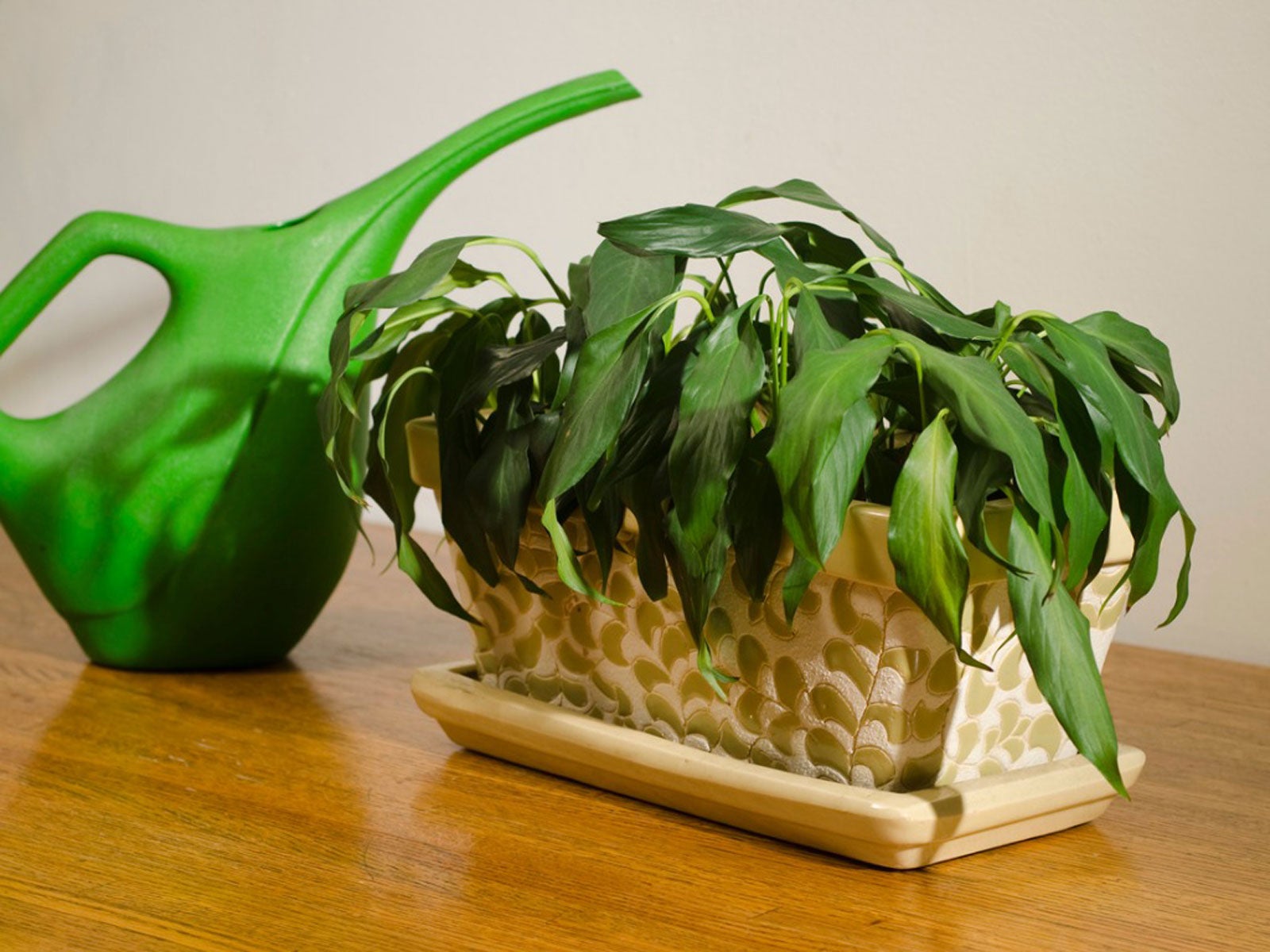Houseplant Troubleshooting: Pinpointing Pests, Disease, Or Environmental Issues Indoors


Houseplants are nice to have around, and they are a pleasure to grow when things go as they should. However, when your plant is looking puny instead of perky, it can be difficult to pinpoint the reason.
What's Wrong with My Plant?
Good question! There are many possible reasons why your plant is looking sick, but you can usually narrow it down to common houseplant problems with water, light, pests, or disease. Learning basic houseplant troubleshooting may help you determine if your plant can be saved, or if all hope is lost.
Environmental Problems
- Light - Environmental issues indoors often include problems with light. For example, a plant that looks long and spindly may be stretching to reach available light. A flowering plant that refuses to bloom may also be lacking adequate light. If this is the case, moving the plant to a brighter spot may solve the problem. On the other hand, if your plant is brownish with scorched-looking tips or edges, the light may be too intense. Move the plant to a less intensely lit location and prune out the brown areas.
- Temperature - Temperature is also a factor. Remember that most indoor plants are actually tropical plants adapted to the home environment. Room temperature may be too low, or the air may be too dry. Raising humidity indoors can help alleviate most issues with dry air.
- Water - How much and how often you water your houseplants can have a major effect on their overall health. Overwatering is one of the most common reasons houseplants fail, as it literally drowns the roots. For most plants, you should allow the soil to dry out some between watering intervals. On the flip side, underwatering your plant can be a factor too. When plants do not get enough water, they will begin to wither and dry up. In this case, hydrating your potted plant will normally help.
Common Houseplant Diseases
As previously mentioned, improper watering is the most common reason that houseplants fail to thrive. A little neglect isn't always a bad thing, and well-meaning plant owners may actually kill their plants with kindness. One frequent result of too much water is root rot, a disease that causes the roots or stem to turn soggy and black or brown. Usually, rot is deadly, and you may as well discard the plant and start with a new one. However, if you catch the problem early enough, you may be able to save the plant by trimming the leaves and moving the plant to a new pot. Other diseases caused by too much water include:
- Anthracnose, a fungal disease that causes leaf tips to turn yellow and brown.
- Various fungal and bacterial diseases, often indicated by black dots or water-soaked areas.
- Moisture-related diseases, including powdery mildew, are often an indication of poor air circulation around the plant.
Pests That Affect Indoor Plants
Some pests, such as spider mites, are so tiny that they're difficult to spot, yet they can cause big trouble for your plants. If you can't see the pests, you may be able to identify them by the fine webbing or tiny specks they leave on the leaves. Other pests that plague indoor pests include:
- Mealybugs, which are usually easy to spot by the small, cottony masses on joints or undersides of leaves.
- Scale, tiny bugs covered by a hard, waxy shell.
Although they are less common, your plant may be infested with fungus gnats, whiteflies, or aphids.
Sign up for the Gardening Know How newsletter today and receive a free copy of our e-book "How to Grow Delicious Tomatoes".

A Credentialed Garden Writer, Mary H. Dyer was with Gardening Know How in the very beginning, publishing articles as early as 2007.